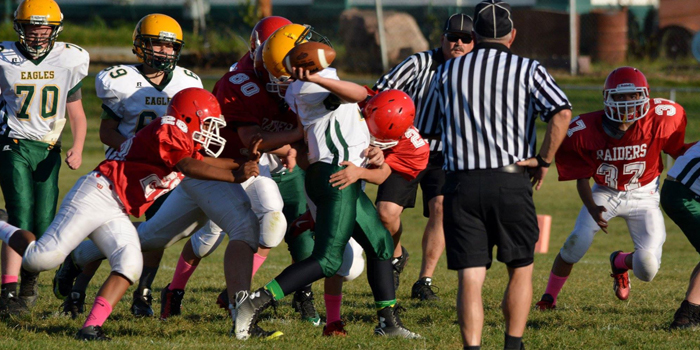
I’ll say it: they suck. Coaches say, “We do it to warm up.” Why? You may as well jump rope. A litany of things exist that will help improve motor learning and skill acquisition, and they don’t involve a speed ladder. How about doing power speed drills and actually teaching the athletes how to sprint? How about doing some low impact jumping drills and deceleration drills to improve ankle stiffness? I don’t know about you, but until I experienced it this past summer, I hadn’t realized how prevalent calf and lower leg weakness is amongst the entire athlete population. No wonder they have problems “running on their toes” and seem to be stepping in sand when they accelerate. Even the combine athletes I work with tend to have a lot of flexion in the first few steps of the 40-yard dash.
COD and RAT
Recently, two books have been written by a collection of experts from around the world. The first is Strength and Conditioning; Biological Principles and Practical Applications (2011), edited by the legendary Marco Cardinale as well as Robert Newton and Kazunori Nosaka. The book has 55 total contributors, but only three work in an American university or facility. The most recent book is called High Performance Training for Sports, edited by David Joyce and Daniel Lewindon (2014). It contains 30 authors from around the world, most of which are not from the United States.
Both books are human performance gems that have an interesting take on agility and change of direction speed (CODS). Sophia Nimphis, PhD, ASCC, CSCS*D from Edith Cown University in Australia, authored an agility chapter in High Performance Training for Sports that defines the two as follows: “Change of direction Speed (CODS) is a preplanned action of altering direction of travel whereas agility takes into account both the physical change of direction and includes perceptual and decision-making domains. The way an athlete changes direction is different from how the athlete changes direction in reaction to stimulus.”(4) Nimphis breaks down COD and agility tests into two categories: COD test and reactive agility test (RAT). The COD tests are your basic pro shuttle and its many versions. The RAT tests, on the other hand, require a reaction to a human, video, or light/arrow.
Recent research has shown that athletes who play at higher levels were superior in an agility test that required reaction to a stimulus; however, they were not superior in a task that required a planned change of direction. Since all athletes at an elite level are fast and efficient in COD, the ability to view and make a decision is what separates them. (4) Throughout the essay, Nimphis outlines many key points and many of them are centered around strength and force production. It’s not rocket science for one to figure out that weak athletes aren’t explosive, nor are they agile. They need proper mechanics as well as an understanding of why they are changing direction.
Jeremy Shepard and Warren Young of Queensland Academy of Sport in Australia School of Exercise and Health Sciences at Edith Cowan University (5) offer similar thoughts as Nimphis and cite several similar references and resources. They go on to make a point about general training needing verbal or visual cues to initial COD. “In other words, a general reaction to a cue that is not relevant to the sports task is limiting; although it will depend on general response skills and technique without the aid of anticipation, it does not develop visual search strategies, anticipation, or decision-making relevant to the actual sports setting.” They go on to say, “In other words, if the training stimulus is not adequately specific to the sports setting, then the response training is not optimal in developing sporting expertise; because the participants are not developing anticipation and pattern recognition of a situation that is specific to their sport.” (5)
Motor Learning and Dynamic Correspondence
Jeff Moyer wrote in this site about Dr. Yuri Verkhoshanksy’s principles of dynamic correspondence (DC) in a two-part article.
You should read them - twice for that matter - if you are not versed in the methods of dynamic correspondence. DC is a very basic explanation of motor learning blended to explain sport skill acquisition. There have been many different articles and several texts written on the subject, but if you’ve read them and you are still performing work on a speed ladder, then you don’t understand dynamic correspondence. If you have athletes throwing weighted balls (two to five times heavier than the ball itself) and swinging weighted bats, sticks, and clubs, then you do not understand DC and you are wasting your athletes' time. You are also simply teaching them how to throw and swing objects that are heavier than what they use to compete.
Anatoly Bonderchuk discusses this concept at great length in Transfer of Training I and II, as well as in his videos which can be purchased on Elitefts.com. While most of us are not going to get into the intricate details of working with a finite skill, as with elite track where Anatoly has coached and dominated, you are wasting your time and your athletes' time not adhering to these principles.
For a very basic “Readers Digest” version of how this relates to doing work on the speed ladder, I must refer back to the fundamentals that I previously laid out for you. Where is the visual cue for speed ladder work? With the exception of the very random and limited occurrence of hockey and soccer, when are we looking at our feet? There goes the visual cue. The repeated non-specific foot work is also a joke. When does an athlete perform repeated efforts two times in a row, let alone seven or eight? I could go on and on and on, outlining each aspect of Young’s chart (above), but I’ll leave that up to you.
Another question one must ask is how can one validate the performance returns from doing the speed ladder?
The Bain of My Existence
A personal issue that I have beyond the science that I’ll share is the arm drive/pump issue. I don’t think I’ve seen a non-track athlete that I would consider to have adequate arm drive when sprinting, and I’ve worked with a lot of D1 athletes. Most have never heard the coaching term “cheek to cheek” when referring to the hand position at the top and bottom of the arm drive action. They are clueless that the arms should stay at 90 degrees (for non-track athletes), and that the arms shouldn’t “curl” when they run. On the flip side, they can all buzz through a speed ladder doing “arms curls” like a Mr. Olympia competitor and working on fast feet. In total, I spend approximately thirty minutes a week on power speed work in order to improve an athlete’s non-existent knee and arm drive (front side mechanics). Then I basically start back at zero after they have settled back into their original incorrect mechanics due to working with their team coach or “speed guy.” It’s a constant struggle having to teach and reteach form.
How I do COD and RAT
I work on pure linier speed for the first several blocks. GPP is what it is, and I do not do sprint work in that block. Since many of the power speed mechanics transfer over to COD form (acceleration/deceleration), and considering that the athlete hasn’t worked on sprint mechanics since the end of their last off-season, I need to reintroduce those concepts to them through power speed drills and tempo work. That will prepare them for real sprint work and MAS energy system work in the proceeding blocks. (Not true Block Training just phases that I prefer to call Block A, Block B, etc.). That also allows me to pound the hamstrings, which I can’t do in later blocks because of the high sprint volume. I teach COD form through basic cone work done at 50 to 75 percent effort. They must understand the mechanics and body position related to their center of gravity first. This takes some time despite it being a very easy concept. As they improve, so does the speed and volume. That will progress into what I call “chaos” cone drills or unpredicted COD work. That will then graduate into position-specific work which is dependent on the athlete's sport. Football is very easy to do. With other sports like soccer, baseball, basketball, hockey, and volleyball, they should be getting these movements in practice. (That is, if they actually worked on skill in practice and not just scrimmaged). In a team setting, these should be drills broken down and worked on daily. Football does a great job with this going from individual, to seven-on-seven, to team practice.
Bringing It All Together
I would like to make the point that nothing was mentioned in using speed and agility ladders in the following texts (including those that I’ve cited thus far). Texts that are, at minimum, in the Top 10 general reads in the field of performance training.
- Science of Sports Training by Thomas Kurz
- Supertraining by Mel Siff
- Science and Practice of Sport by Vladimir Zatsiorsky, William Kramer
- Just about anything authored by Verkhoshansky
- Block Training I and II by Issurin
As a side note, they are not mentioned in the NSCA certification text either.
Let’s face it: if you are a coach or a dad who doesn’t know much, you search YouTube for videos or Google search “speed and agility.” How would the average person have any idea where to look considering that the majority of universities don’t offer classes that are sports science based? How many applied nutrition classes are available outside of Nutrition 101? I recommend that students get a degree in physical therapy if they want to be a strength coach. At least they’ll have something to fall back on if they want to retire at some point. My point is that the fundamentals of human performance are not taught at any level of our educational system. Fundamentals of anatomy and physiology for human function are taught, and for the most part, they are taught very well. It ends there though. So, in turn, the physical education teachers know very little, and the sport coaches are usually volunteer dads up until the high school level. There isn’t any physiological education there either. With such poor education, it’s no surprise that people are still doing and expecting results from balance training and speed ladders.
The aim of my points are to provide you with factual and researched information supported through my real world experience with the athletes I’ve trained, as well as the majority of athletes outside of North America. For once I’m not being sarcastic with that comment. You will now have tools at your disposal to support an argument with someone who is not educated in human performance. You can quickly get your athlete away from a coach or trainer who has him or her jumping onto swiss balls and running through speed ladders.
References
- Joyce, David, and Daniel Lewindon. High-performance Training for Sports. 1st ed. Champaign: Human Kinetics, 2014. Print.
- Cardinale, Marco, Robert Newton, and Kazunori Nosaka. Strength and Conditioning: Biological Principles and Practical Applications. Chichester, West Sussex, UK: JohnWiley & Sons, 2011. Print.
Photos courtesy of Chris Whitacre
Scott Umberger is a physical preparation coach and the owner of Umberger Performance in Pittsburgh, PA. He's worked with youth athletes all the through a 36-year-old two times Stanley Cup Winner. He's an advocate for revamping our current (non existent?) youth development system, the entire amateur sports system, and trying to make America more healthy. As a washed up meathead he competes in powerlifting (gear whore) and has run a Tough Mudder. He can be reached via his email (scott@umbergerperformance.com









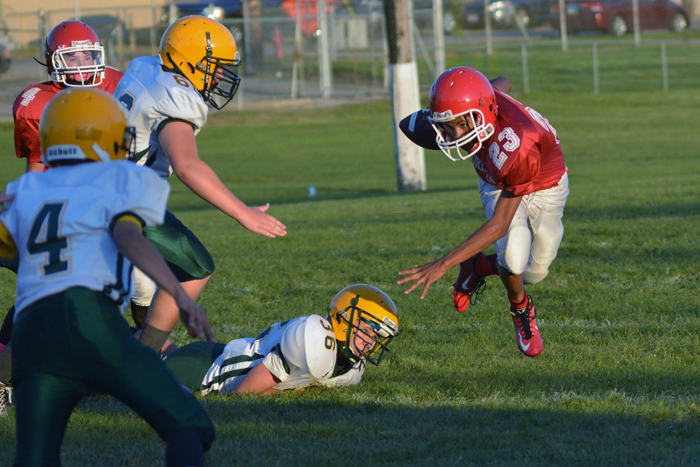
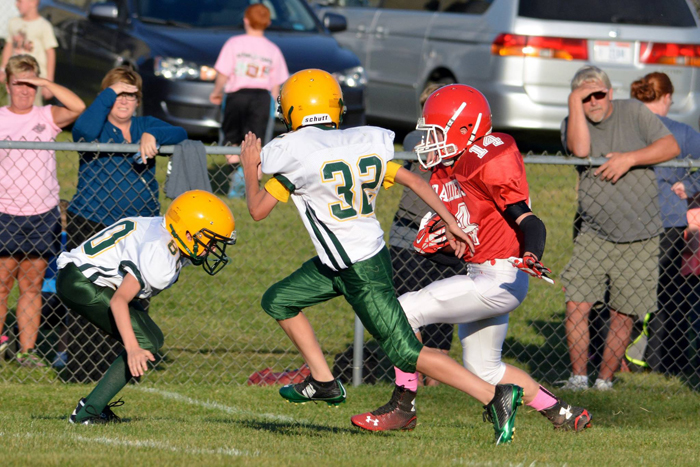
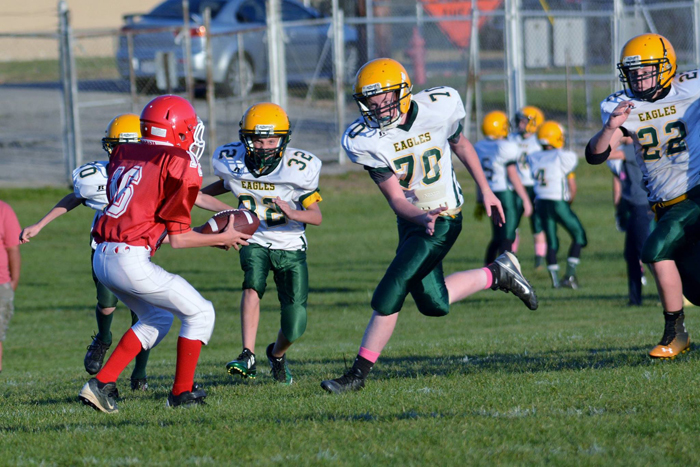
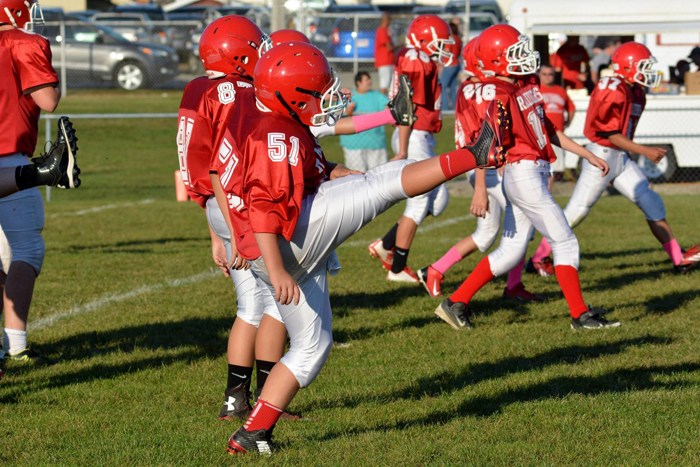
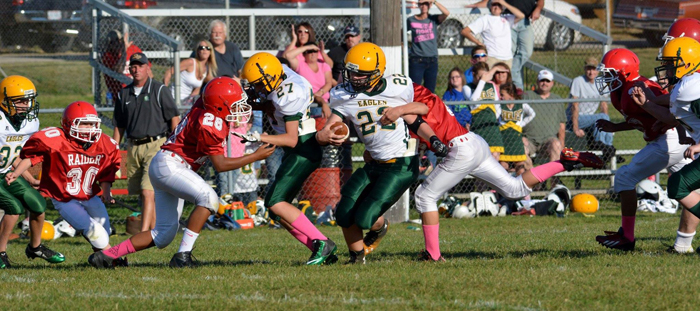
I wanted to ask you as I have heard in a previous lecture of yours or article on what exercises (Paw Back, Knee Drive, Weight Shift, etc.) or when do you implement Dr. Yessis Active Cords into your programming for athletes? Do you these with beginners or tend to keep these movement with the more advanced?
Thank you for the response! Your answer is very similar to what I have heard or what I have experienced with athletes using Dr. Yessis's movements.
It is almost a double edge sword as using the his common exercises with young athletes or in the GPP phase like the knee drive and paw back are great to begin with reinforcing motor patterns, but like some of the Specialized Strength movement aren't beneficial if they are super weak. I guess it's really being able to see with your "coaching" eye if the specific exercises is progressing the skill we are looking for.
My "issues" has been when transitioning into my final blocks say before a pre-season camp or such for my team sport athletes how much of that balance like you stated (in SPP really backing off hamstring work if sprinting is a part of the sporting demand) with drills that are more localized like Dr. Yessis Active Cord exercises compared to the more globalized movements such as longer sprints, SPP field drills, etc. Also, trying to find a way if feasible to use these exercises even during in season with my teams, as possibly an accessory to the sub-maximal weights we do or even become some of the main movements during their sub-maximal weight sessions.
Great thoughts.
I pull way back on the strength work before camp. They're going to have the CNS stimulus from the SPP work so that will maintain their strength regardless. I typically focus on their strength testing movements performing reps that they'll test. For example, I had one D1 hockey guy that did 1 rep pull up test with a weight that equals their bench+bw. So 275lb bench at a body weight of 190 means he's doing a pull up with 85 lbs of weight hanging on him. We "peaked" for that test as well as his trap bar 5ish rep test. My squatting him wasn't helping to make his coaches happy. Some athletes had max effort 1 or 10 reps on bench. I just peaked them for that specific testing. 3-4 weeks from camp, they are either strong or they aren't. All of that work started 12-16 weeks prior. My entire focus is having that work transfer to their sport(which 99.9% of the time isn't the testing that they'll be doing). Despite it "burning my ass", I'll do lactic work to prep them for the stupid ass lactic testing(300 yd shuttles or 18-20 100yds) that they'll be doing in camp. I think it's more of a placebo effect to be honest. Meaning, introducing the discomfort of the H+ to them just preps them for their testing. I would just back up on how intensive your are with the Yesis work. That's why I back off the paw drill and keep in the knee drive but much lighter. That can change day to day with athletes having tournaments, camps, and various team practices throughout an offseason. I do what makes sense. Sometimes it's cranking the SPP, sometimes it strength maintenance. Depends on the training age of the athlete and what they need. Chris, it sounds like you are doing an awesome job just by simply having the questions that you have. Most guys don't even know about the tools we are talking about. Stay on top of what Dan Pfaff, Henk, and Mann are doing. They are my living versions of Charlie.
I appreciate your answer and comments! The "it depends" answer is become more of a reality to me everyday as it is so easy for people wanting to compartmentalize training methods, volumes, tables, etc. James Smith and Pfaff's examples of Johnathan Baldwin and C. Lewis have opened my eyes to how physical preparation can be done without strength training (which 2 years ago I would have thought sounded bogus!!) and arguing about what type of squat vs Deadlift really is coaches asking the wrong questions! The coaches you mentioned methodology really makes myself as a physical preparation coach have to analyze the dose of whatever stimulus I think is best and find things that are structurally friendly to the athlete.....which is the true art of coaching and seeking a global perspective for training. This notion is easier said than done at the college level.....!
With Yessis exercises your comment make total sense thank you! I think Yessis exercises are great, but it is interesting to see how others are using them in programming aND times of the year. As with anything we give to the athlete, it has to be balanced. For myself, the goal is to gradually develop the "eye" the Francis's, Pfaff's, and Jame Smith & Buddy Morris's have to better adjust on the fly with my teams/athletes. I have a couple other questions, I will try to call or email you here in the near future. Thanks again!